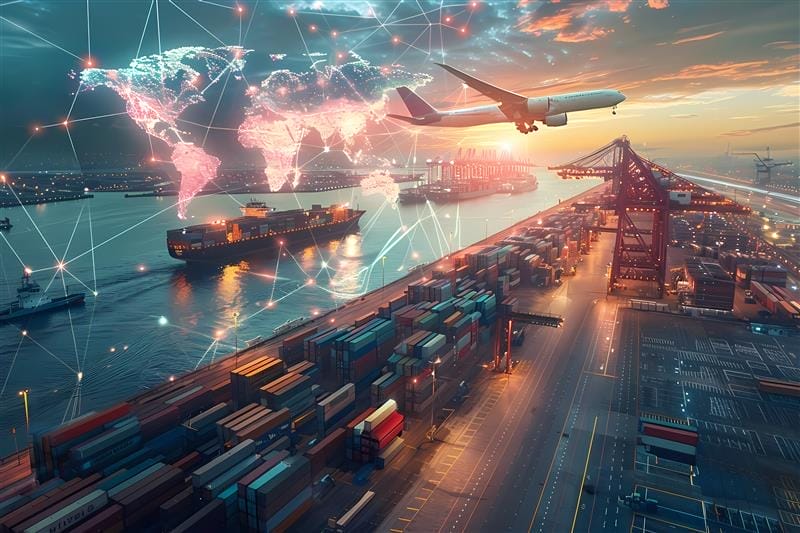Global market sell-off following Trump’s tariff initiative: Economic stakes rise as trade war fears intensify
Yesterday, a universal baseline tariff of 10% was instituted on goods from all countries except seemingly Russia, with additional reciprocal tariffs targeting those identified as the worst offenders based on existing trade deficits. This marks a pivotal moment in global trading, as it raises unprecedented economic and political stakes. As we await reactions from countries affected by these tariffs, the potential fallout raises numerous critical questions for companies worldwide, specifically regarding supply chain strategies and USD currency exposure — for example, with industries such as automotive and electronics heavily dependent on cross-border supply chains particularly at risk and oil majors significantly exposed to USD currency fluctuations due to the global pricing of crude oil in U.S. Historically, trade wars have yielded negative consequences — including job losses, rising prices, and a slowdown in global trade. Additionally, retaliatory measures could spur inflation in the U.S., disproportionately affecting the working class and prolonging economic strain.
Companies shift focus to local manufacturing and resilience amid tariff challenges and global supply chain risks
The U.S. Secretary of the Treasury and former hedge fund manager, Scott Bessent, suggests that companies establish manufacturing bases within the U.S. to mitigate these tariffs. This approach is not feasible for all, and strategic shoring must be considered as a long-term risk management strategy in the context of government incentives and competitive advantages. Nonetheless, recent reports suggest that many businesses are already placing greater emphasis on resilience and agility over mere cost efficiency. Companies are reassessing their sourcing and manufacturing strategies, seeking local suppliers, investing in technology for enhanced supply chain visibility, and exploring natural hedging and geographic diversification, among other measures, to help navigate currency volatility. Overall, the corporate narrative is shifting significantly towards ‘in-region, for-region’ sourcing and currency mitigation strategies as companies strive to reduce reliance on complex international supply chains and insulate themselves from global trade disruptions.
While some European companies have made or are making significant strides in implementing regionalisation strategies, others remain vulnerable. Companies like Volkswagen and Airbus, despite their global footprints, struggle with the complexities of their supply chains and their heavy reliance on non-regional components. Similarly, Swedish fashion retailer H&M is at risk due to its dependence on Asian textile suppliers, highlighting the delicate balance many European businesses are attempting to navigate between cost and resilience.
Navigating geopolitical challenges: The shift towards regional supply chains and long-term resilience
As geopolitical pressures intensify, investor scrutiny of supply chain strategies and currency exposure also increases. Companies that can clearly articulate their regionalisation and currency mitigation efforts and illustrate how these strategies can alleviate the impact of tariffs and global disruptions will be the winners. Such supply chain efforts often contribute positively to sustainability goals, aligning with a growing focus on reducing carbon footprints and bolstering local economies. While transitioning to regional supply chains may incur higher short-term costs, companies must prioritise long-term resilience and agility. Investors will want to see a balanced approach that safeguards profitability and effectively mitigates potential risks. Providing measurable metrics — like improved delivery times and reduced tariff exposure — will be essential to help investors evaluate the success of these strategies.
In conclusion, Trump’s tariff juggernaut and historic restructuring of global trading will ripple through supply chains, and companies will have to completely rethink how to redistribute prices and costs. Balancing cost, speed, and geopolitical stability presents a significant challenge and is no small feat when the situation is inexorably advancing.











